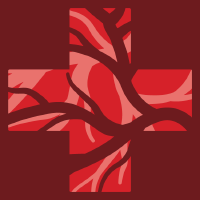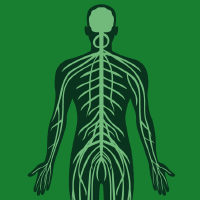Topic Menu
► Topic MenuTopic Editors


Inflammation in Neuro-Oncological Diseases and in Neuro-Vascular Diseases

Topic Information
Dear Colleagues,
Neuroinflammation plays an essential role in tumorigenesis, malignant progression, vascular inflammation, and clinical symptomatology. The central nervous system (CNS) microenvironment has a significant role in those pathophysiological processes. Interleukins, immune infiltrates, cyclooxygenases, etc. are important drivers in those diseases. On a cellular basis, tumor-associated macrophages, reactive astrocytes, leukocytes, platelets, and further contributors of the inflammatory response influence diseases’ progression and response to treatment. Several preclinical and clinical trials investigating neuroinflammation and pharmacological modulation of the immune system have improved our understanding of the immune response in neuro-oncological and neurovascular diseases. This Topic Issue will focus on preclinical and clinical data regarding the interaction between neuro-oncological or neurovascular diseases and neuroinflammation.
Prof. Dr. Erdem Güresir
Dr. Johannes Wach
Dr. Martin Vychopen
Topic Editors
Keywords
- inflammation
- neuro-oncology
- brain tumors
- interleukins
- neurovascular
- subarachnoid hemorrhage
- macrophages
- immune microenvironment
- inflammatory pathways
Participating Journals
| Journal Name | Impact Factor | CiteScore | Launched Year | First Decision (median) | APC |
|---|---|---|---|---|---|

Brain Sciences
|
3.3 | 3.9 | 2011 | 15.6 Days | CHF 2200 |

Cancers
|
5.2 | 7.4 | 2009 | 17.9 Days | CHF 2900 |

Journal of Clinical Medicine
|
3.9 | 5.4 | 2012 | 17.9 Days | CHF 2600 |

Journal of Vascular Diseases
|
- | - | 2022 | 25 Days | CHF 1000 |

Neurology International
|
3.0 | 2.2 | 2009 | 23.3 Days | CHF 1600 |

MDPI Topics is cooperating with Preprints.org and has built a direct connection between MDPI journals and Preprints.org. Authors are encouraged to enjoy the benefits by posting a preprint at Preprints.org prior to publication:
- Immediately share your ideas ahead of publication and establish your research priority;
- Protect your idea from being stolen with this time-stamped preprint article;
- Enhance the exposure and impact of your research;
- Receive feedback from your peers in advance;
- Have it indexed in Web of Science (Preprint Citation Index), Google Scholar, Crossref, SHARE, PrePubMed, Scilit and Europe PMC.


